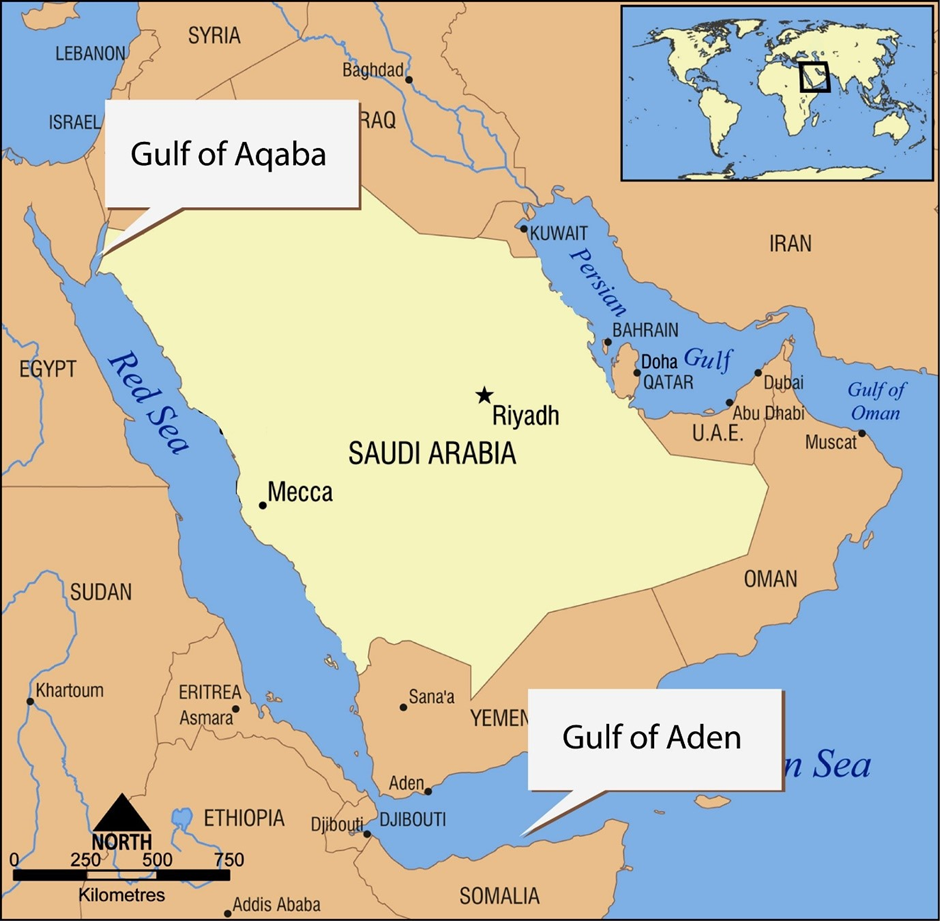COALITION GOVERNMENT
COALITION GOVERNMENT
Why In News:
§ Recently concluded 2024 General Elections of Lok Sabha resulted in
formation of a coalition government at the centre as no political party got a
clear majority in the Lower House of the Parliament.
What is a Coalition Government:
§
Coalition government is defined as when several political parties join
hands to form a government and exercise political power based on a common
agreed programme.
§
Coalitions
usually occur in modern parliaments when no single political party gets clear
majority.
§
If several
parties with a majority of elected members can agree on a shared plan without
compromising too much with their policies, they can form a government.
Features Of Coalition
Government:
§
A coalition
implies the existence of at least two parties to form government.
§
Pragmatism
and not ideology mark of coalition politics.
§
Coalition
politics is not a static but a dynamic affair as coalition players and groups dissolve
and form new ones.
§
A coalition
government works based on a minimum programme, which may not satisfy
aspirations of all the members of the coalition government.
Pre-poll and Post-poll
Coalition:
§
The pre-poll
coalition is considerably advantageous because it provides a common platform
for the parties to woo the electorate based on a joint manifesto.
§
The
post-election union is intended to enable constituents to share political power
and run the government.
Key Coalition
Governments in India’s History
1. Janata Party Government (1977-1979): The first major coalition
government formed
after the Emergency, led by Morarji Desai.
2. National Front Government (1989-1991): Led by V.P. Singh, this coalition
included
the Janata Dal and several regional parties.
3. United Front Governments (1996-1998): A coalition led by H.D. Deve Gowda
and
later I.K. Gujral, supported externally by the Congress.
4. National Democratic Alliance (NDA) Government (1998-2004): Led by Atal
Bihari
Vajpayee of the Bharatiya Janata Party (BJP).
5. United Progressive Alliance (UPA) Governments (2004-2014): Led by the
Congress
party under Manmohan Singh.
6. NDA Government (2014-Present): Led by Narendra Modi of the BJP,
continuing into
the 2024 term.
Coalition
Government: Pros And Cons
Pros
1. Inclusivity: Coalition governments bring together multiple parties,
representing a wider spectrum of the electorate. This inclusivity can lead to
more comprehensive and balanced policies that consider diverse interests and
regional concerns.
2. Power Sharing: They promote power-sharing among various political
entities, reducing the dominance of a single party. This can lead to more
democratic decision making processes and prevent authoritarian tendencies.
3. Regional Representation: Coalition governments often include regional
parties, ensuring that local issues and regional interests are adequately
represented at the national level.
4. Checks and Balances: The presence of multiple parties in government can
act as a check on the power of the ruling coalition, promoting transparency and
accountability in governance.
5. Policy Innovation: The need to negotiate and collaborate among coalition
partners can lead to innovative and well-rounded policy solutions, as different
perspectives are considered.
Cons
1. Instability: Coalition governments can be unstable, as disagreements
among coalition partners may lead to frequent changes in leadership or even the
collapse of the government.
2. Policy Paralysis: The need for consensus among coalition partners can
lead to delays in decision-making and policy implementation, resulting in
policy paralysis.
3. Compromises: Coalition governments often have to make compromises to
keep all partners satisfied. This can result in diluted policies and a lack of
decisive action on critical issues.
4. Conflicting Agendas: Different parties in a coalition may have
conflicting agendas and priorities, leading to internal conflicts and
inefficiencies in governance.
5. Short-term Focus: To maintain coalition unity, governments may focus on
short term gains and populist measures rather than long-term strategic
planning.
Recommendations
of Punchhi Commission on Coalition
Punchhi Commission Recommendation:
§
The Punchhi
Commission established clear rules for how Governors should handle appointing
Chief Ministers in hung assemblies. These guidelines hold true for President as
well:
§
The party or
combination of parties which commands the wide support in the Legislative
Assembly should be called upon to form the Government.
§
If there is a
pre-poll alliance or coalition, it should be treated as one political party and
if such coalition obtains a majority, leader of such coalition shall be called
by the Governor to form the Government.
§
In case no
party or pre-poll coalition has a clear majority, Governor should select the
Chief Minister in the order preference indicated here.
§
The group of
parties which had pre-poll alliance commanding the largest number
§
The largest
single party staking a claim to form the government with the support of Others
§
A
post-electoral coalition with all partners joining the government
§
A
post-electoral alliance with some parties joining the government and the remaining
including independents supporting the government from outside
Conclusion
§
Despite the
inherent challenges, coalition governments offer a platform for diverse voices
and can foster consensus-driven policies.
§
A
well-functioning coalition, built on a foundation of mutual respect, strong leadership,
and a commitment to national progress, can navigate the complexities of a
vibrant democracy.



Comments
Post a Comment